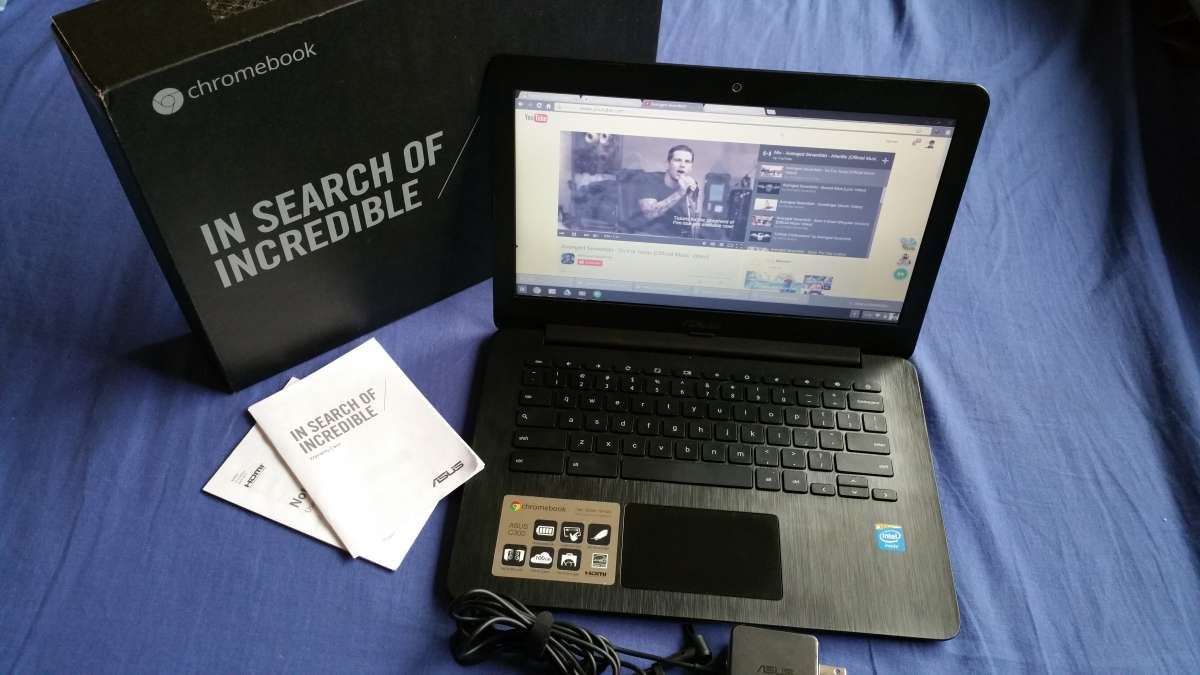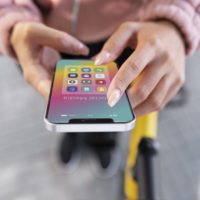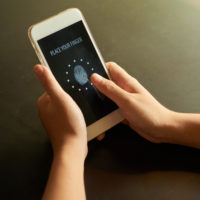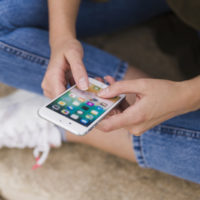A phone charger is one of the most essential accessories for any smartphone user. With countless options available in the market—fast chargers, wireless chargers, USB-C chargers, and more—it can be challenging to choose the perfect one. Using the wrong charger can not only reduce your charging speed but also potentially harm your phone’s battery in the long run.
In this article, we’ll help you understand the key factors to consider when picking the perfect charger for your phone to ensure optimal performance, safety, and convenience.
1. Understand Your Phone’s Charging Needs
Every smartphone has specific charging requirements. Start by identifying these details for your device:
- Charging Port: Check whether your phone uses USB-C, Lightning (Apple devices), or Micro-USB. Most modern Android phones use USB-C, while iPhones use Lightning connectors.
- Power Rating: Your phone’s manual or manufacturer’s website will list the maximum wattage (measured in watts, W) or amperage (measured in amps, A) it supports. For example:
- Standard chargers may provide 5W or 10W.
- Fast-charging phones might support 18W, 25W, or even higher (like 45W or 65W).
- Fast-Charging Technology: Determine if your phone supports fast-charging protocols such as:
- Quick Charge (QC) by Qualcomm
- Power Delivery (PD) for USB-C devices
- SuperVOOC or Warp Charge, specific to some brands
2. Types of Chargers Available
Here are the most common types of chargers and when to use them:
A. Wall Chargers
Wall chargers are the most common type of charger and often come included with your phone. When choosing a wall charger:
- Look for a power adapter that matches your phone’s maximum charging capacity (e.g., 25W for fast charging).
- Opt for certified chargers from trusted brands to avoid overheating or short circuits.
- Choose one with multiple ports (if needed) to charge multiple devices simultaneously.
B. Wireless Chargers
Wireless charging uses electromagnetic induction to charge your phone without cables. Key considerations:
- Ensure your phone supports wireless charging (most premium smartphones like iPhones and Samsung Galaxy models do).
- Choose a charger that supports Qi-certified wireless charging for compatibility and safety.
- Check the power rating. For instance, a 15W wireless charger is faster than a 5W one.
C. Car Chargers
If you need to charge your phone while driving, a car charger is a great option. Look for:
- A car charger with USB-C or USB-A ports based on your cable.
- Models with built-in safety features like overcharge protection.
D. Power Banks
Portable chargers (power banks) are ideal for charging your phone on the go. When selecting one:
- Choose a power bank with sufficient capacity (measured in mAh). For example, a 10,000mAh power bank can fully charge most phones 2–3 times.
- Opt for a model with fast-charging support if your phone supports it.
3. Cable Compatibility Matters
A good charger is only as effective as the cable it uses. When selecting a cable:
- Length: Longer cables (e.g., 6ft) are convenient but can slightly reduce charging speed.
- Durability: Look for reinforced or braided cables for added strength.
- Certified Cables:
- MFi Certified (Made for iPhone) for Apple devices
- USB-IF certified for Android devices
4. Fast-Charging vs. Standard Charging
If your phone supports fast charging, you’ll need a charger and cable designed for it. Here’s how to choose:
- Charger Wattage: Match your phone’s supported fast-charging wattage (e.g., if your phone supports 25W fast charging, buy a charger rated for at least 25W).
- Compatible Technology: Ensure the charger supports your phone’s fast-charging protocol (e.g., Power Delivery or Quick Charge).
- Battery Health: While fast charging is convenient, it can generate more heat. To maintain battery health, use fast charging sparingly or consider charging overnight with a standard charger.
5. Look for Safety Features
To protect your phone and battery, choose chargers with built-in safety features:
- Overvoltage Protection: Prevents the charger from delivering too much voltage to your phone.
- Overcurrent Protection: Stops excessive current flow that could overheat your battery.
- Temperature Control: Prevents overheating during charging.
- Short Circuit Protection: Prevents damage from sudden electrical faults.
Always buy chargers from reputable brands to ensure these safety features are reliable.
6. Opt for Certified Products
Using non-certified or counterfeit chargers can damage your phone’s battery or pose safety risks. To avoid this:
- Stick to original chargers provided by your phone’s manufacturer (Apple, Samsung, etc.).
- If buying third-party chargers, look for certifications like:
- UL Listed (safety certification)
- CE Mark (European safety compliance)
- FCC Certified (USA compliance)
7. Consider Convenience and Portability
Finally, think about how and where you’ll use the charger:
- For travel, consider compact chargers or foldable plug designs.
- Multi-port chargers are perfect for charging multiple devices simultaneously (e.g., a phone, tablet, and smartwatch).
Best Brands for Phone Chargers
Here are some trusted brands for reliable and safe phone chargers:
- Apple: For iPhone users, Apple-certified chargers and cables are the best choice.
- Samsung: Offers fast chargers optimized for Galaxy devices.
- Anker: Known for durable and high-quality chargers.
- Belkin: Offers a variety of certified charging solutions.
- Aukey and RAVPower: Provide reliable, budget-friendly fast chargers.
Conclusion
Picking the perfect charger for your phone isn’t as simple as grabbing the first one you see. It’s essential to understand your phone’s charging specifications, choose a compatible type of charger, and prioritize safety by opting for certified, high-quality products. Whether you’re looking for a fast charger, a wireless solution, or a portable option, the right charger can significantly enhance your phone’s charging experience while keeping your battery in top condition.
By following the tips outlined in this guide, you can confidently choose a charger that meets your needs and keeps your phone powered up, anytime and anywhere.









